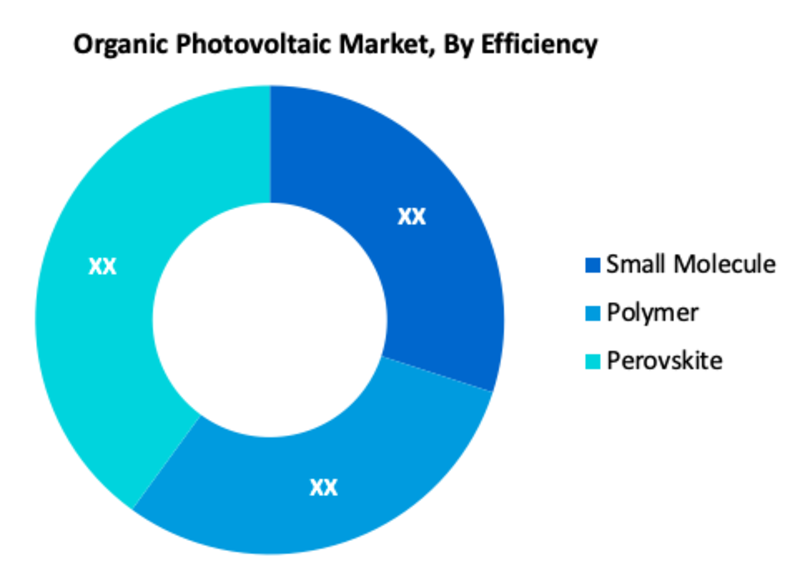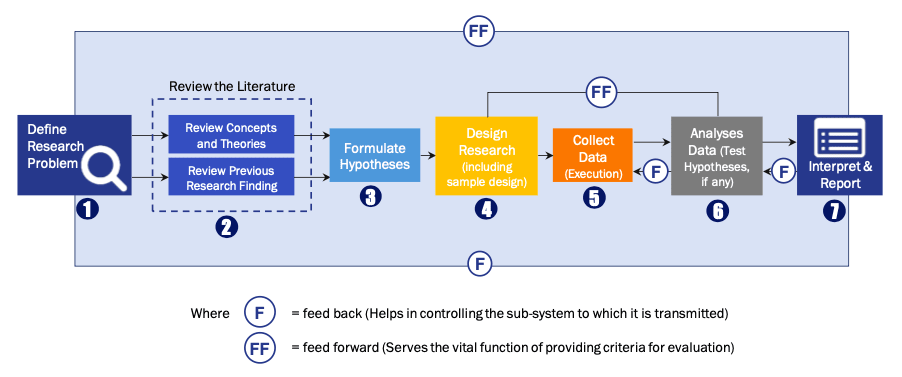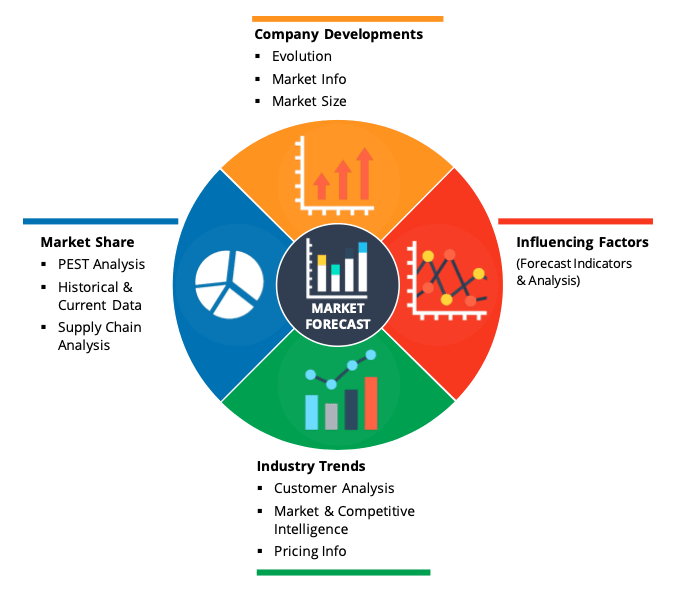Organic Photovoltaic Market Overview
Organic electronics are gaining popularity in the electronic display market because of their low cost and flexible, ultra-thin nature. Organic technology can be used in solar photovoltaic to completely rethink how solar cells are created utilizing solar energy. Organic photovoltaic (OPV) solar cells are used to provide a low-energy photovoltaic solution that is also environmentally friendly. Global Organic Photovoltaic Market is expected to rise at a significant rate in the forthcoming years.
Organic photovoltaic cells, like inorganic solar cells, utilize polymeric or molecular absorbers produced in a localized exciton. Absorbers can be used in conjunction with electron acceptors like fullerenes because they have molecular orbital energy states that allow electron transmission. The ability of organic photovoltaic technology to be utilized in large-area and flexible solar modules, particularly in aiding R2R (roll-to-roll) production, is the key driving. Furthermore, because of the lower cost of silicon-based components and the ease of device manufacture, organic photovoltaics can reduce manufacturing costs. In an organic photovoltaic, on the other hand, both the acceptor and donor materials must have acceptable film morphologies, strong extinction factors, and high stabilities in order to keep up with the work of silicon-based solar cells. All these aforementioned factors are majorly contributed to the growth of the Organic Photovoltaic Market.
The difficulties in generating electric power and the lower lifespan of organic photovoltaics are two major commercial restraints.
| Report Metric | Details |
| Market size available for years | 2023–2030 |
| Base year considered | 2023 |
| Forecast period | 2024–2030 |
| Forecast unit | Value (USD Million) |
| Segments covered | Efficiency, Application, End-Use, and Region. |
| Regions covered | North America (the U.S. and Canada), Europe (UK, Germany, France, Italy, Spain, Russia, Rest of Europe), Asia-Pacific (China, India, Japan, Australia, South East Asia, Rest of Asia Pacific), Latin America and the Middle East and Africa (Brazil, Saudi Arabia, UAE, Rest of LAMEA) |
| Companies covered | Armor Group, ACC, Belectric, BASF, CSEM Brasil, DisaSolar, Eight19, Merck, Mitsubishi Chemical, Heraeus, Next Energy, Solarmer, Nanoflex Power Corporation, Sumitomo Chemical, and Toshib. |
Covid-19 Impact on Organic Photovoltaic Market
Like many other industries, COVID-19 badly knocked the electronic and semiconductor industries. This unprecedented event has impacted nearly 230 countries in just a few weeks, resulting in the forced shutdown of manufacturing and transportation activities within and across the countries. This has directly affected the overall sector's growth. It is estimated that COVID-19 to leave more than USD 30 billion impacts on the electronics and semiconductor industry. The sector is majorly affected due to transport restrictions on major electronics and semiconductor raw material providers. However, the emerging need for semiconductors in several industries will offer rapid market recovery over the future period.
Organic Photovoltaic Market Segment Overview

Based on Efficiency, Perovskite is one of the most prominent segments in the Organic Photovoltaic Market. In the organic photovoltaic market, perovskite has high performance as compared to other materials.
Organic Photovoltaic Market, By Efficiency
· Small Molecule
· Polymer
· Perovskite
Organic Photovoltaic Market, By Application
· Building-Integrated (BIPV)
· Building-Applied (BAPV)
· Solar Chargers
Organic Photovoltaic Market, By End User
· Residential
· Industry
· Utility
· Power Plant Application
· Military
· Others
Organic Photovoltaic Regional Overview
The organic photovoltaic market can be divided into North America, Europe, Asia Pacific, Middle East & Africa, and South America based on regional divisions. Because of the presence of significant organic photovoltaics producers in Europe, the organic photovoltaics market is dominated by Europe, followed by North America.
Organic Photovoltaic Market, By Geography
· North America (US & Canada)
· Europe (UK, Germany, France, Italy, Spain, Russia & Rest of Europe)
· Asia-Pacific (Japan, China, India, Australia, & South Korea, & Rest of Asia-Pacific)
· LAMEA (Brazil, Saudi Arabia, UAE & Rest of LAMEA)
Organic Photovoltaic Market, Key Players
· Armor Group
· ACC
· Belectric
· BASF
· CSEM Brasil
· DisaSolar
· Eight19
· Merck
· Mitsubishi Chemical
· Heraeus
· Next Energy
· Solarmer
· Nanoflex Power Corporation
· Sumitomo Chemical
· Toshib
Q1. What are the driving factors for the global Organic Photovoltaic market?
Organic photovoltaic (OPV) solar cells are used to provide a low-energy photovoltaic solution that is also environmentally friendly. This factor is expected to propel global Organic Photovoltaic market growth.
Q2. Which Segments are covered in the global Organic Photovoltaic market report?
Efficiency, Application, End-Use, and Region. these segments are covered in the global Organic Photovoltaic market report.
Q3. Which segment is projected to hold the largest share in the global Organic Photovoltaic market?
The perovskite segment is projected to hold the largest share in the global Organic Photovoltaic market.
Q4. Which region holds the largest share in the global Organic Photovoltaic market?
North America holds the largest share in the global Organic Photovoltaic market
Q5. Which are the prominent players in the global Organic Photovoltaic market?
Armor Group, ACC, Belectric, BASF, CSEM Brasil, DisaSolar, Eight19, Merck, Mitsubishi Chemical, Heraeus, Next Energy, Solarmer, Nanoflex Power Corporation, Sumitomo Chemical, and Toshib. are some key players in the global Organic Photovoltaic market.
Data Library Research are conducted by industry experts who offer insight on industry structure, market segmentations technology assessment and competitive landscape (CL), and penetration, as well as on emerging trends. Their analysis is based on primary interviews (~ 80%) and secondary research (~ 20%) as well as years of professional expertise in their respective industries. Adding to this, by analysing historical trends and current market positions, our analysts predict where the market will be headed for the next five years. Furthermore, the varying trends of segment & categories geographically presented are also studied and the estimated based on the primary & secondary research.
In this particular report from the supply side Data Library Research has conducted primary surveys (interviews) with the key level executives (VP, CEO’s, Marketing Director, Business Development Manager and SOFT) of the companies that active & prominent as well as the midsized organization
FIGURE 1: DLR RESEARH PROCESS

Extensive primary research was conducted to gain a deeper insight of the market and industry performance. The analysis is based on both primary and secondary research as well as years of professional expertise in the respective industries.
In addition to analysing current and historical trends, our analysts predict where the market is headed over the next five years.
It varies by segment for these categories geographically presented in the list of market tables. Speaking about this particular report we have conducted primary surveys (interviews) with the key level executives (VP, CEO’s, Marketing Director, Business Development Manager and many more) of the major players active in the market.
Secondary ResearchSecondary research was mainly used to collect and identify information useful for the extensive, technical, market-oriented, and Friend’s study of the Global Extra Neutral Alcohol. It was also used to obtain key information about major players, market classification and segmentation according to the industry trends, geographical markets, and developments related to the market and technology perspectives. For this study, analysts have gathered information from various credible sources, such as annual reports, sec filings, journals, white papers, SOFT presentations, and company web sites.
Market Size EstimationBoth, top-down and bottom-up approaches were used to estimate and validate the size of the Global market and to estimate the size of various other dependent submarkets in the overall Extra Neutral Alcohol. The key players in the market were identified through secondary research and their market contributions in the respective geographies were determined through primary and secondary research.
Forecast Model
